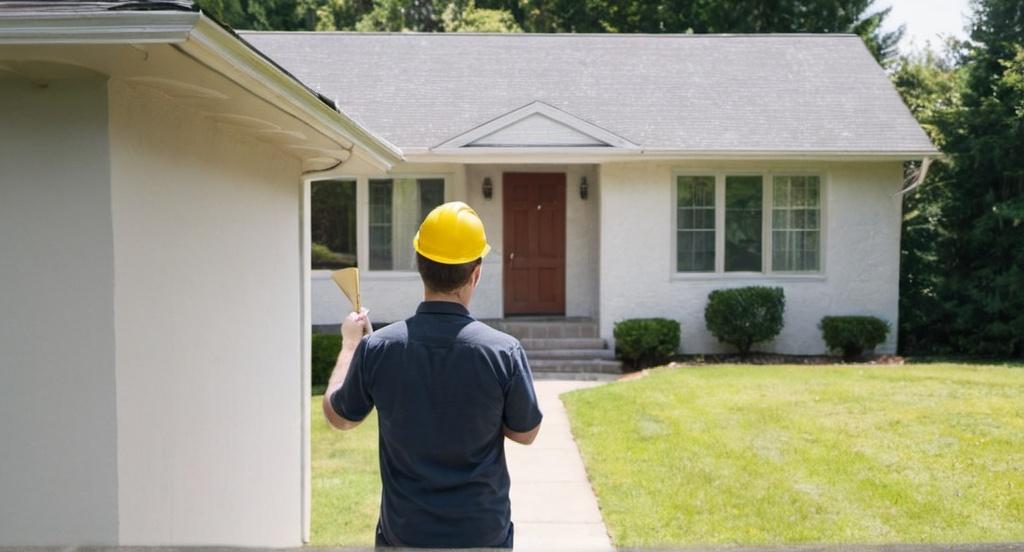Key Take Aways about Flipping vs. Renting: Which Real Estate Strategy Yields Better Returns?
- Flipping involves buying, renovating, and quickly selling properties for profit.
- Pros of flipping: Quick profits, high cash influx, and creative renovation opportunities.
- Cons of flipping: High risk, potential cost overruns, and market volatility.
- Renting focuses on steady income through long-term property letting.
- Pros of renting: Consistent cash flow, tax benefits, and property appreciation.
- Cons of renting: Tenant management issues and ongoing maintenance.
- Choosing between them depends on risk tolerance and financial goals.

Flipping vs. Renting: A Real Estate Rumble
Flipping and renting, two heavyweights in the real estate arena, have long been vying for attention from investors. Both approaches come with their own sets of challenges and rewards. The whole deal boils down to one question: which option puts more moolah in your pocket? Let’s figure this out, shall we?
The Lowdown on Flipping Houses
Flipping isn’t just about twirling a house like a pancake. It’s a strategy where you buy a property, usually needing some TLC, fix it up, and sell it off for a profit. Think of it as an HGTV show but with real money on the line.
Pros: Flip a house right, and you can make a tidy profit quickly. It’s the real estate equivalent of a romantic comedy’s happy-ever-after. Major cash influx, fast returns, and the chance to play in the big leagues of property trading. Also, you get to unleash your inner Chip and Joanna Gaines.
Cons: But hold your horses. With great rewards comes great risk. Flipping is not for the faint of heart. Renovations can spiral out of control, unforeseen costs pop up faster than weeds in the garden, and market conditions can change quicker than you can say “mortgage rates.” Plus, there’s always the risk of overestimating your selling price or underestimating renovation costs.
The Real Deal: Renting Properties
Now, let’s talk renting. Instead of a quick flip, we’re going slow and steady. Buy a property and rent it out. The classic tortoise approach, if you will.
Pros: Renting generates a steady cash flow. There’s something satisfying about regular rent checks. It also offers tax advantages, like deductions on mortgage interest and depreciation. It’s like buying a cow instead of just a steak – milk the rental income while the property appreciates.
Cons: Being a landlord isn’t always sunshine and rainbows. We’re talking tenant headaches, maintenance issues, and the occasional struggle to fill vacancies. It’s a marathon, not a sprint – the income can be less exciting upfront, but it adds up over time.
The Money Math
Let’s crunch some numbers. Say you buy a fixer-upper for $150,000, pour $50,000 into renovations, and sell it for $250,000. That’s a sweet $50,000 profit, minus taxes and fees. Flipping can yield significant returns if all goes well.
On the flip side, let’s consider renting. The same property could bring in $1,500 per month. After expenses like mortgage payments, insurance, and maintenance, you’re left with maybe $500 monthly in your pocket. Over 10 years, that’s $60,000, plus the property value increase.
Comparing the Two
So, which one’s the better bet? It often comes down to individual goals and risk tolerance. If you’re all about fast money and can handle a bit of uncertainty, flipping might be your jam. But for those who prefer a long-term play with steady income, renting could be the safer choice.
Flipping and renting both offer paths to making money in real estate, but the journey is your own to choose. Whether you’re wielding a hammer or fielding tenant calls, both paths require savvy knowledge and a fair share of patience. Who knew real estate could be as thrilling as a Netflix drama?